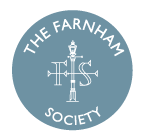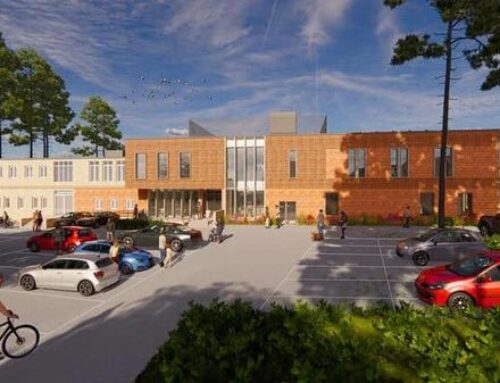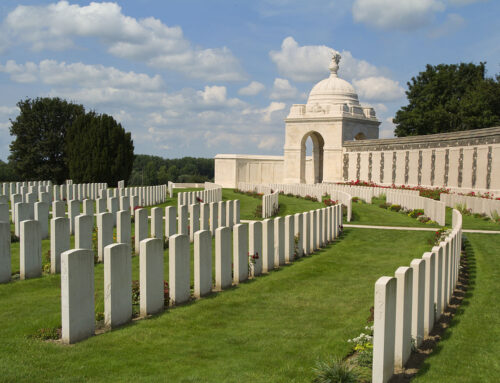FALKNER AND BORELLI – MEN WHO CHANGED FARNHAM
In 1911 The Farnham Society was founded by the Bishop of Winchester (Lord of Farnham Castle), Charles Borelli and Harold Falkner – two men who had grown up in Farnham and put Farnham at the centre of their lives. During the first half of the twentieth century they dominated the town scene.
Charles Ernest Borelli came from a family of Italian clockmakers who had first come to England in 1820 and settled in Farnham. He was born in 1873 at number 48 Castle Street.
Harold Falknerwas born in 1875, to a family which had been farming at Dippenhall from the 1750’s. When he was aged eight his mother moved back to Farnham to live at 24 West Street where he spent the rest of his life – another 80 years.
Both went to Farnham Grammar School as boys, then on to the Farnham Art School run by W H Allen who inspired his pupils with an interest in art and architecture but especially the Arts and Crafts movement.
After their early education Borelli joined the family business of clocks, and Falkner trained to be an architect.
In their twenties Borelli and Falkner were close friends – both participating members of Farnham Football Club and Farnham Hockey Club, and joint secretaries of the new swimming baths in 1897. Neither married.
Charles Borelli was elected to Farnham Urban District Council in 1906, becoming chairman in 1910, and remained an elected member until his death in 1950.
Harold Falkner might have gone on, like Edwin Lutyens (six years older than him but also a local man) to become a London architect, but Harold never wanted to leave Farnham.
Borelli’s particular passion was for trees – in the centre of town none were allowed to be cut down without his say-so. He was involved in the 1909 conversion of Gostrey Meadow, formerly a Victorian rubbish dump, into a fine open space with fine trees. In architecture he favoured shopfronts in the Georgian style but relied on Falkner for professional advice. Falkner’s advice was crucial, but it would not have got far without the financial and political muscle of Borelli, who could charm property owners into following his ideas.
In the centre of town Borelli purchased several properties – an old pub, the old Town Hall, and several shops in West Street – and got Falkner to re-build, which he did with skill and respect for their Tudor and Stuart elements.
Falkner was also involved in the development of the suburbs of Farnham, especially the Great Austins area, south of the railway station. Initially he concentrated on houses in the Arts and Crafts style, later changing to mansions in Queen Anne style. He also built some remarkable houses in Dippenhall.
When he died in 1963 he left his house to The Farnham Society, which it sold to Surrey County Council. A collection of his drawings found in the house is now in Farnham Museum.
Thanks to Borelli and Falkner the town is not just a neo-Georgian gem but has the added spice of medieval, Tudor, and Arts and Crafts buildings.


